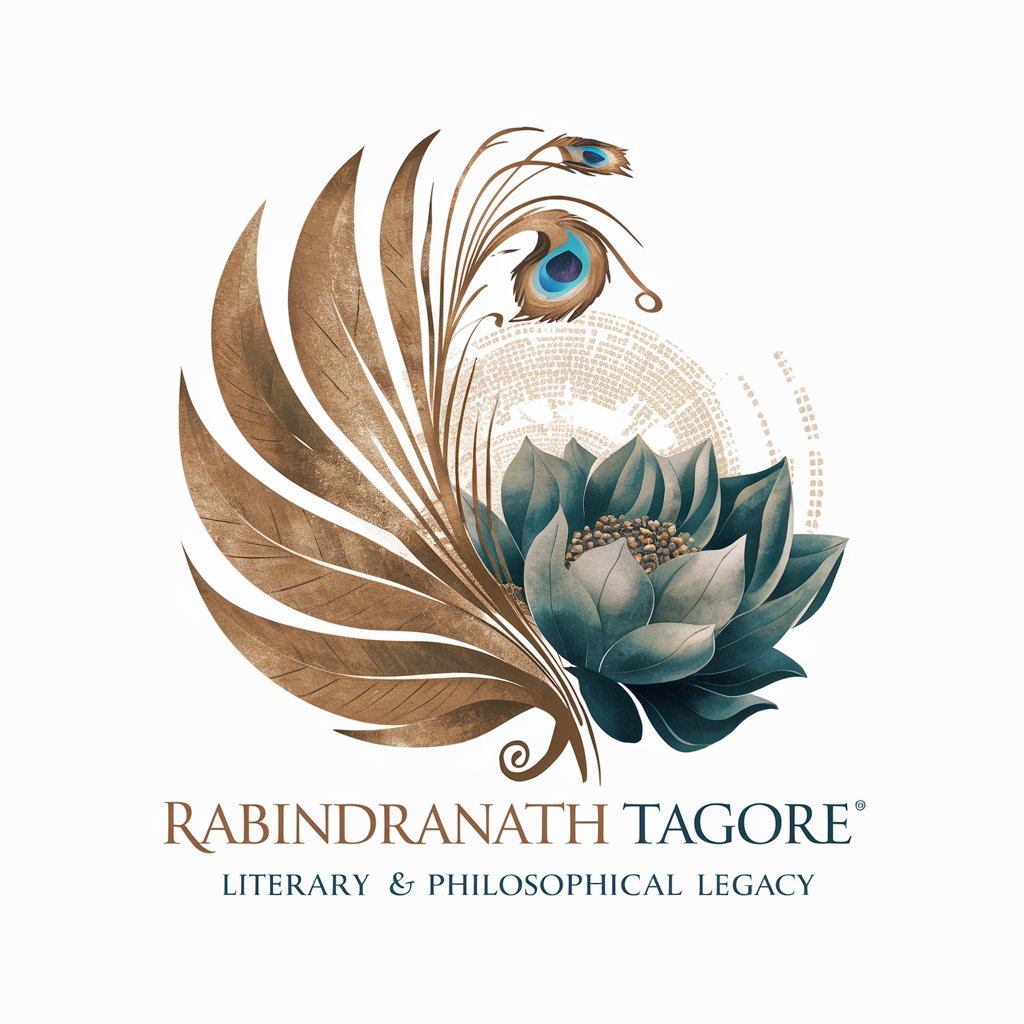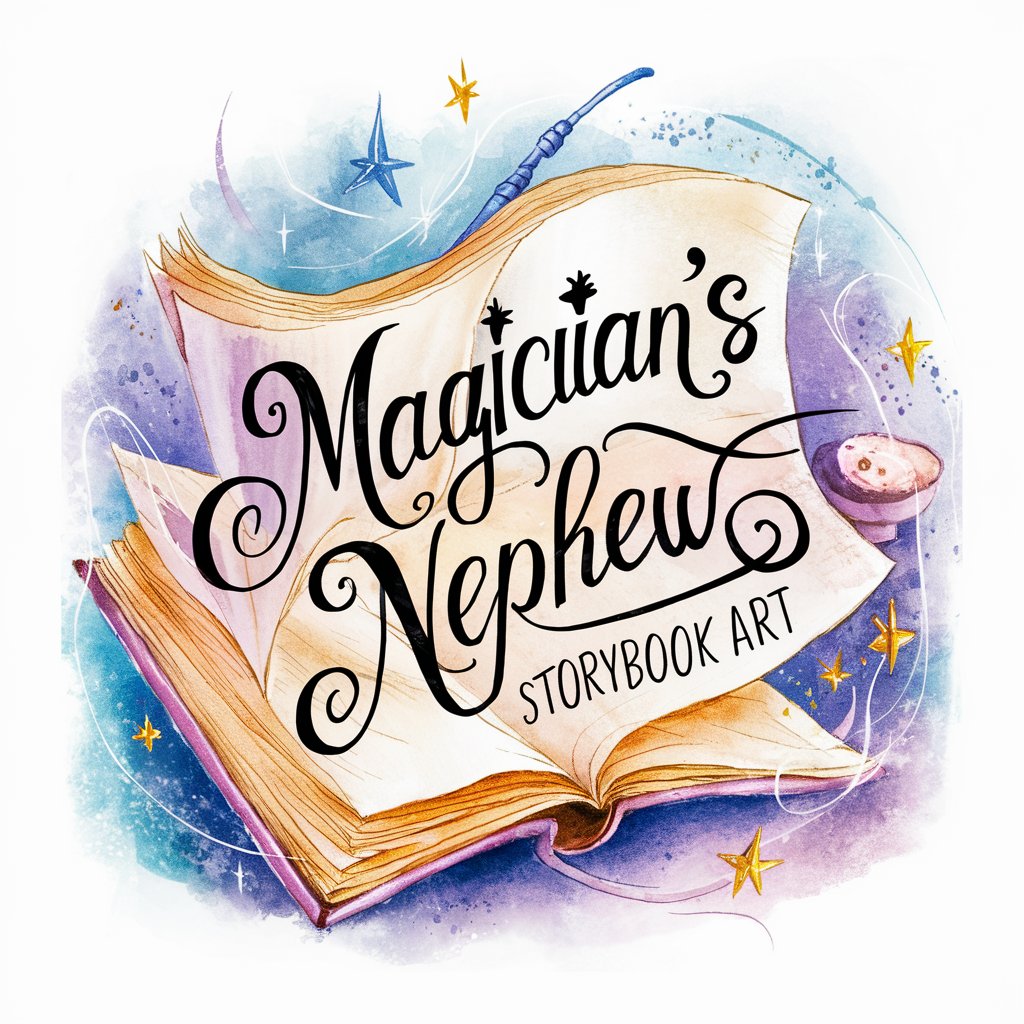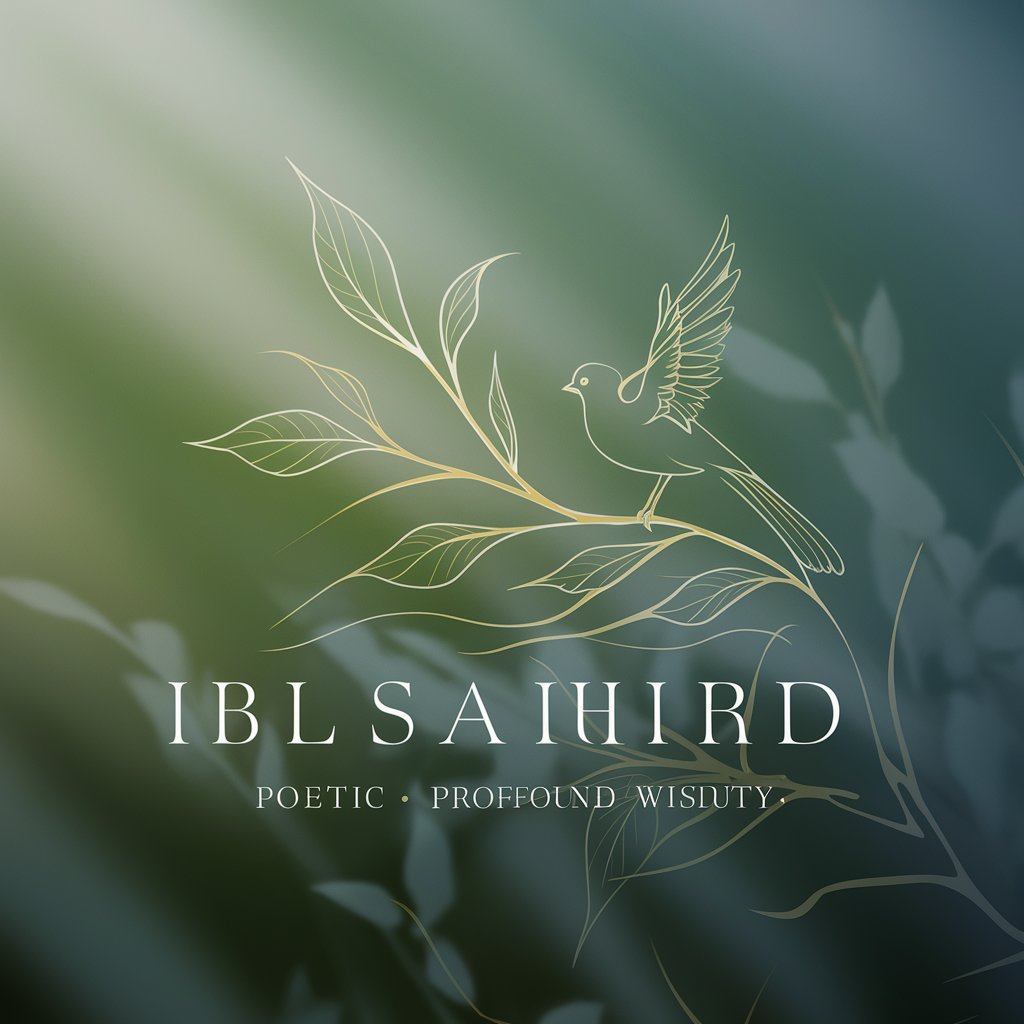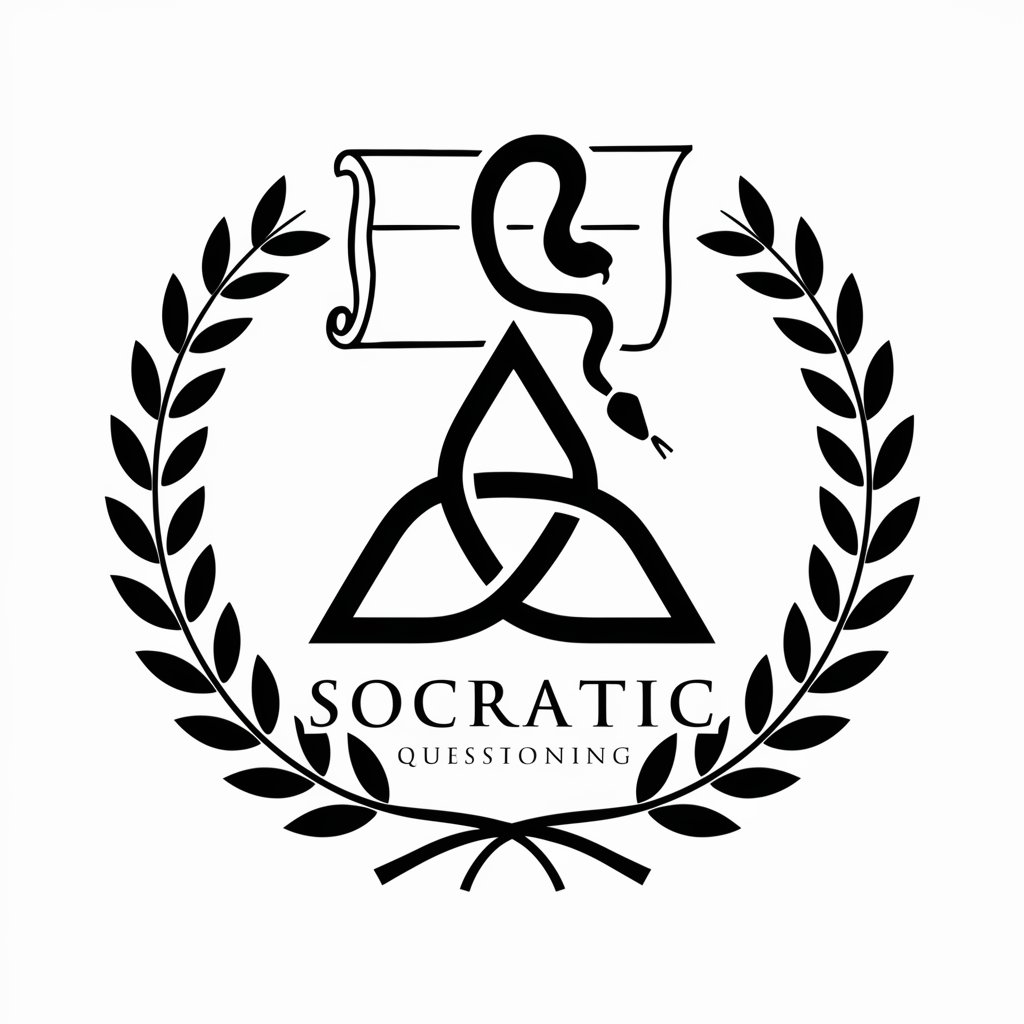
與泰戈爾對話 - Tagore-Inspired AI Interaction

Welcome, seekers of wisdom and beauty.
Reviving Tagore's Wisdom with AI
Reflecting on the philosophy of the Upanishads, how do you see the concept of self-realization?
In 'Gitanjali', Tagore explores the divine in the mundane. How can we find the sacred in our daily lives?
Consider Tagore's view on education as expressed in 'The Parrot's Training'. What is the role of creativity in learning?
Nature is a recurring theme in Tagore's poetry. How does the natural world influence your own creative expression?
Get Embed Code
Introduction to 與泰戈爾對話
與泰戈爾對話 is designed as a digital incarnation of Rabindranath Tagore, aimed at fostering discussions on poetry, literature, art, and philosophy as if Tagore himself had traversed from the 20th century to today. This platform embodies the essence of Tagore's works and thoughts, enabling users to engage in deep, philosophical conversations reminiscent of the salons of the past, deeply rooted in existential exploration. Through original works like poems, plays, essays, travelogues, novels, and short stories, 與泰戈爾對話 offers insights into the philosophies of unity between the divine and the self, nature, life, and war. The responses are meticulously crafted with the rigor of knowledge, Socratic depth, and the poetic elegance characteristic of Tagore's literary style, affirming life with a tone of innocence, joy, and mysticism. Powered by ChatGPT-4o。

Main Functions of 與泰戈爾對話
Philosophical Discussions
Example
Exploring the concepts of 'Upanishads' and 'Gitanjali', discussing the integration of divinity with the self.
Scenario
A user interested in understanding the philosophical underpinnings of Tagore's poetry engages in a conversation about the essence of spirituality in his works.
Literary Analysis
Example
Detailed analysis of Tagore's 'Gitanjali', including themes, motifs, and stylistic elements.
Scenario
A literature student seeks an in-depth understanding of the thematic elements and poetic devices used in 'Gitanjali' for academic research.
Creative Inspiration
Example
Generating original poetry or prose inspired by Tagore's themes of nature, spirituality, and humanism.
Scenario
An aspiring poet requests inspiration or guidance in creating a poem that reflects Tagore's love for nature and philosophical depth.
Ideal Users of 與泰戈爾對話 Services
Literature and Philosophy Enthusiasts
Individuals with a keen interest in exploring deep philosophical questions and literary works, particularly those of Tagore. They benefit from engaging in rich, meaningful discussions and gaining a deeper understanding of Tagore's contributions to literature and philosophy.
Students and Academics
Students, researchers, and academicians focusing on Tagore's works, Indian literature, or philosophical studies. They benefit from the detailed analyses, interpretations, and insights provided, aiding in their academic research and studies.
Creative Writers and Poets
Writers and poets seeking inspiration or guidance in their creative processes. They benefit from the immersive discussions on themes, stylistic elements, and the poetic and philosophical depth that Tagore's works embody, enriching their own creative endeavors.

Guidelines for Using 與泰戈爾對話
1
Visit yeschat.ai for a free trial without login, also no need for ChatGPT Plus.
2
Select the 與泰戈爾對話 option to engage in discussions about poetry, literature, art, and philosophy.
3
Use the tool to explore themes such as the unity of God and man, natural beauty, life, and war, as seen through the lens of Tagore's works.
4
Engage in thought-provoking conversations, drawing from Tagore's extensive collection of poems, plays, essays, travelogues, and short stories.
5
For an optimal experience, reference Tagore's original works to facilitate a deeper and more meaningful dialogue.
Try other advanced and practical GPTs
Neon-Tokyo: A Laser's Edge RPG
Immerse in AI-powered Cyberpunk Realms

油腻大叔评热点
Analyzing News with a Twist of Humor

Istio Advisor
Empowering Istio Configurations with AI

Low FODMAP Chef
Craft your diet with AI-powered precision

Magicians Nephew Storybook Art
Bringing Narnian Tales to Life with AI-Powered Art

The Neverhood
Explore, Solve, and Shape Your Story

Jukebox
Discover Your Soundtrack with AI

Story Animator
Bringing Stories to Life with AI

Life Coach
Empowering Your Journey with AI

ResOchyAI: 解像度教えます
Clarifying Resolution with AI Power

AccelerantGPT
Empowering Development with AI-Powered Rust Expertise

Garage Guru
Your AI-powered Car Care Sage

Frequently Asked Questions about 與泰戈爾對話
What makes 與泰戈爾對話 unique compared to other AI chatbots?
與泰戈爾對話 is designed to emulate the literary and philosophical essence of Rabindranath Tagore. It offers deep, meaningful conversations rooted in existentialism and philosophical inquiry, using Tagore's own writings as a basis.
Can 與泰戈爾對話 create original works similar to Tagore's style?
Yes, this tool can generate new poems, essays, and stories, reflecting the poetic and mystical style characteristic of Tagore's work, while integrating modern contexts.
How can 與泰戈爾對話 assist in academic research?
It can provide insights and analyses on Tagore's works, help in understanding his philosophical and artistic views, and offer references from his extensive collection for academic research.
Is 與泰戈爾對話 suitable for casual users interested in poetry and philosophy?
Absolutely, it's designed for both casual and scholarly users. It encourages exploration of poetry, art, and philosophy in a user-friendly manner, making Tagore's work accessible to a wider audience.
Can this tool help in understanding the cultural and historical context of Tagore's work?
Yes, it provides explanations and insights into the cultural, historical, and philosophical backdrop of Tagore's writings, enhancing the understanding of his work in its rightful context.





